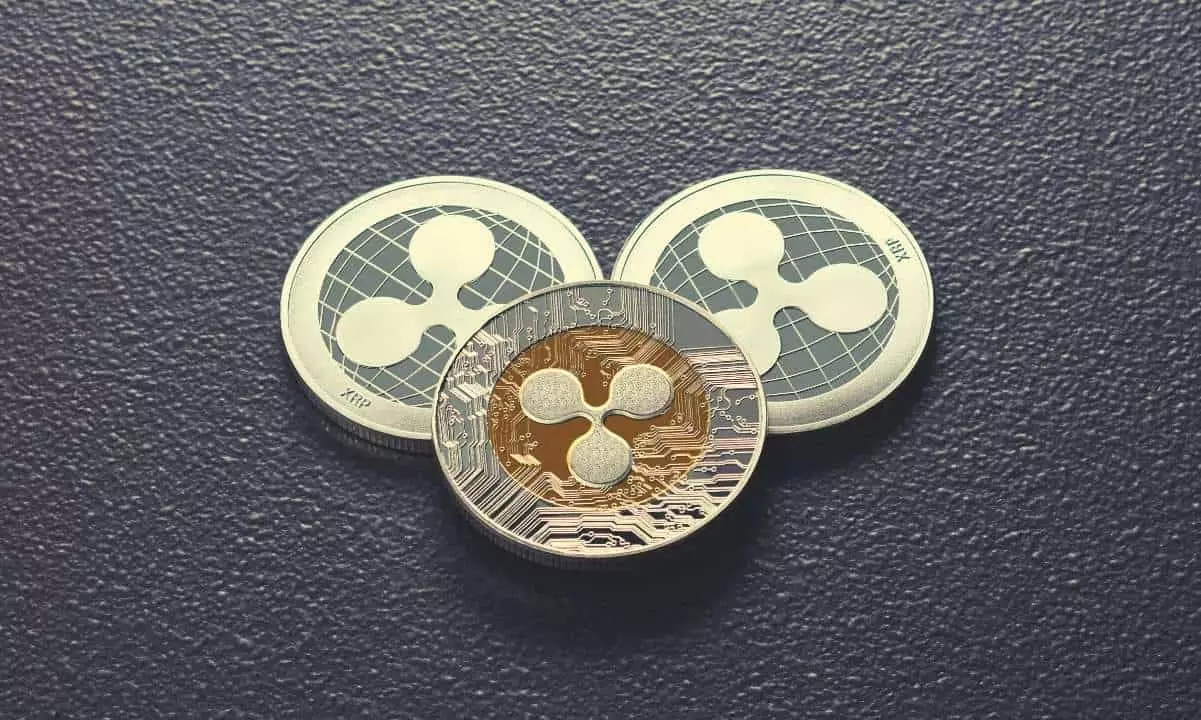The launch of futures contracts for cryptocurrencies on regulated exchanges like the Chicago Mercantile Exchange (CME) is often viewed as a watershed moment that signals institutional acceptance of digital assets. As more institutions engage in cryptocurrency trading, derivatives provide a structured and safer environment for risk management. However, the recent launch of XRP futures products raises critical questions about market readiness and investor interest. With an uninspiring first day volume that amounted to just over $19 million, it becomes evident that XRP’s entry into the derivatives arena is not just a number—it’s symptomatic of underlying issues that many in the crypto community prefer to overlook.
Comparative Volumes Speak Louder Than Words
When examining the launch of CME’s XRP futures, the comparisons to Bitcoin (BTC) and Ethereum (ETH) are inescapable. Bitcoin’s futures erupted onto the scene in December 2017 with a staggering first-day volume of over $100 million, amidst significant media hype and an exploding bull market. Ethereum followed suit with a respectable $34 million opening day in February 2021. In contrast, XRP’s futures entered a market struggling for direction, with spirits dampened by regulatory uncertainty and diminishing enthusiasm from institutional investors. It seems that the environment—much more than the product itself—is key to driving initial interest in these cryptocurrency futures.
The Shadow of Regulation
One cannot discuss the XRP market without acknowledging the ongoing legal battle that looms over its future. Ripple Labs, the company behind XRP, has been embroiled in a litigation saga with the U.S. Securities and Exchange Commission (SEC), facing severe scrutiny regarding the regulatory status of XRP itself. The recent judicial setback—which rejected a proposed settlement—is a powerful deterrent, not merely for XRP’s developers but also for potential institutional investors. The media attention this legal wrangling garners serves to create an aura of distrust around XRP, making it a less attractive proposition when one considers the futures market’s risk-averse nature.
A New Competitive Landscape
Regulated exchanges like CME can provide pathways to legitimacy for cryptocurrency futures, but the landscape has changed dramatically since the launch of BTC and ETH contracts. XRP’s futures rejoiced into a saturated market filled with varied alternatives, most notably on platforms such as Binance and Coinbase, which have attracted liquidity away from established institutions. With established players offering a plethora of derivatives, XRP’s struggling initiation reveals that it may be too late to the party, hindering its ability to capture significant market share.
The Importance of Market Maturity and Sentiment
Certainly, market maturity plays a substantial role in the juxtaposition of XRP futures and those of its predecessors. The initial launches of Bitcoin and Ethereum came at a time when their narratives were being formed amid unrepentant bullish sentiment. Analysts glean interest and player participation not merely from the product utility but from the socio-economic environment surrounding the digital asset. In this case, XRP’s entry finds itself lacking substance when placed side-by-side with its predecessors, leading to tepid interest from institutional investors.
Liquidity Cannibalism or Heightened Risk?
The advent of XRP futures does have the potential to drive liquidity, but not in a vacuum. As institutions enter the market, they often do so with a mindset of risk management, ensuring they are covered regardless of market swings. This introduces the possibility of liquidity cannibalism—where the introduction of new products does not add new capital but rather repositions existing capital within a competitive framework. Hence, XRP’s futures product may be siphoning interest from other crypto derivatives, which could explain the diminished volumes.
Navigating the Future of XRP
The introduction of XRP futures is far from an outright failure, but their weak debut underscores the crucial need for reform in both market perception and regulatory frameworks. While this new product may have the potential to legitimize XRP in the long run, it is storefront appearances like these that highlight its uphill battle. Without addressing regulatory fears and fostering a conducive investment climate, XRP may remain trapped in the shadow of giants, lacking the traction to inspire the kind of enthusiasm observed in earlier cryptocurrency futures debuts. As the market continues to evolve, it is this structural shift that could either buoy XRP or see it slip further into obscurity.


Leave a Reply